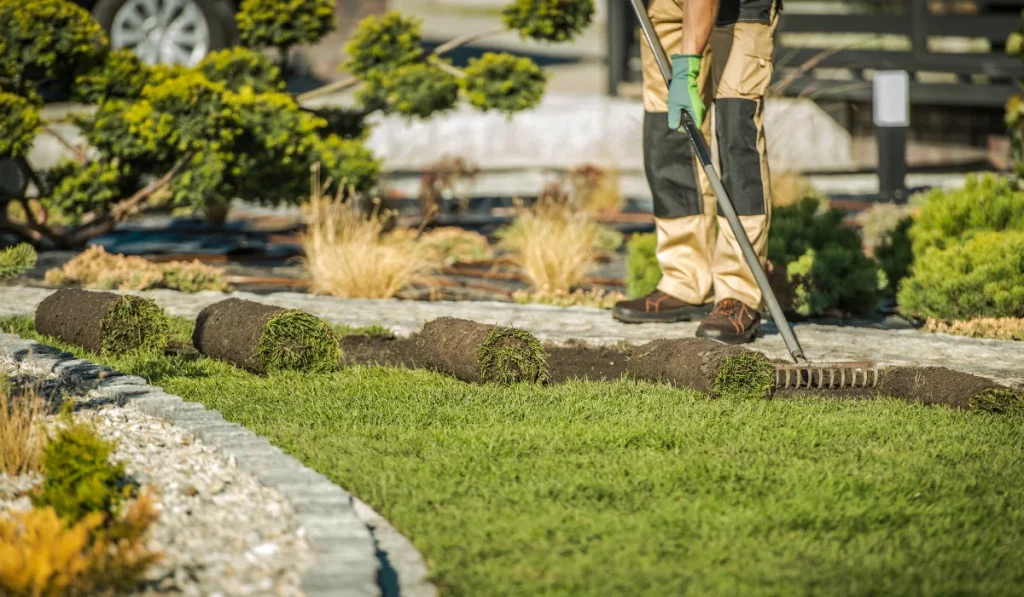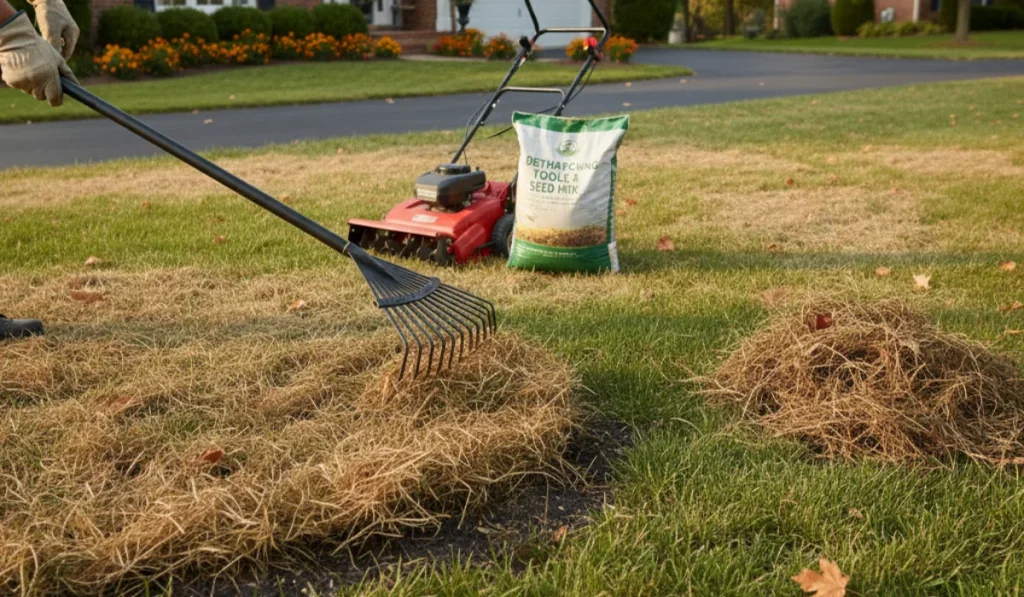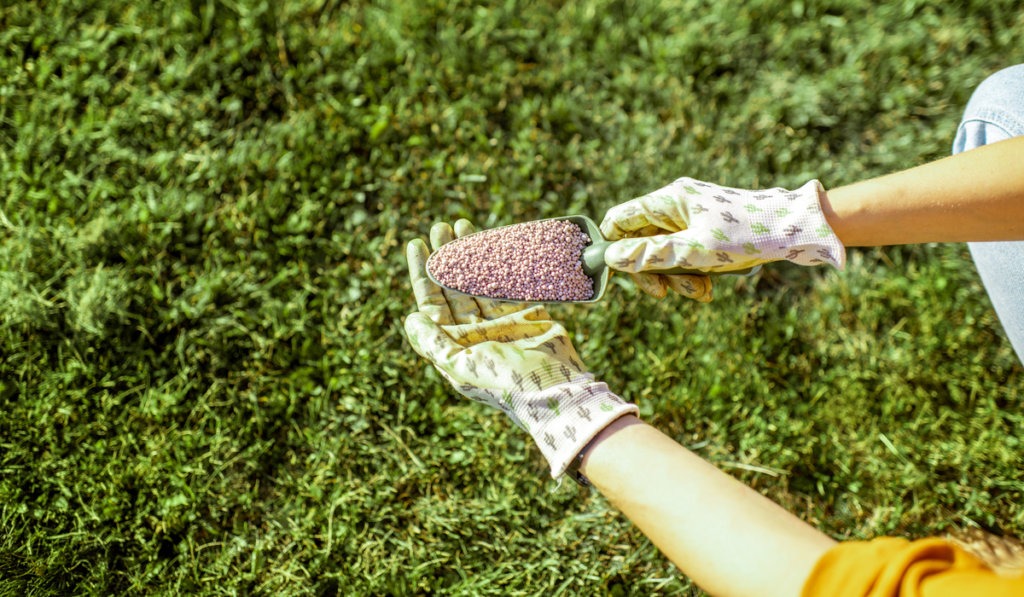If you’re installing a new lawn in California, you need more than just good intentions and a bag of grass seed. With everything from droughts in the south to chillier microclimates in the north, getting a green lawn takes the right blend of turfgrass, starter fertilizer, and proper lawn care practices.
This guide will help you determine which sod works best in your area, which seeds fill in gaps or aid in overseeding, and which fertilizers provide your new grass with the necessary nutrients for strong germination and growth.
Key Takeaways
- TifTuf, and Bolero Plus are strong sod options that match California’s sun, shade, and drought conditions.
- Tall fescue, ryegrass, and Kentucky bluegrass help new lawns grow fast and stay thick through California’s seasons.
- Scotts, Jonathan Green, and Milorganite fertilizers support root strength and steady growth for healthy new grass.
- Soil prep, watering, mowing, and weed timing are key steps to make any lawn starter kit work well.
Best Sod Options for New California Lawns
TifTuf Bermuda
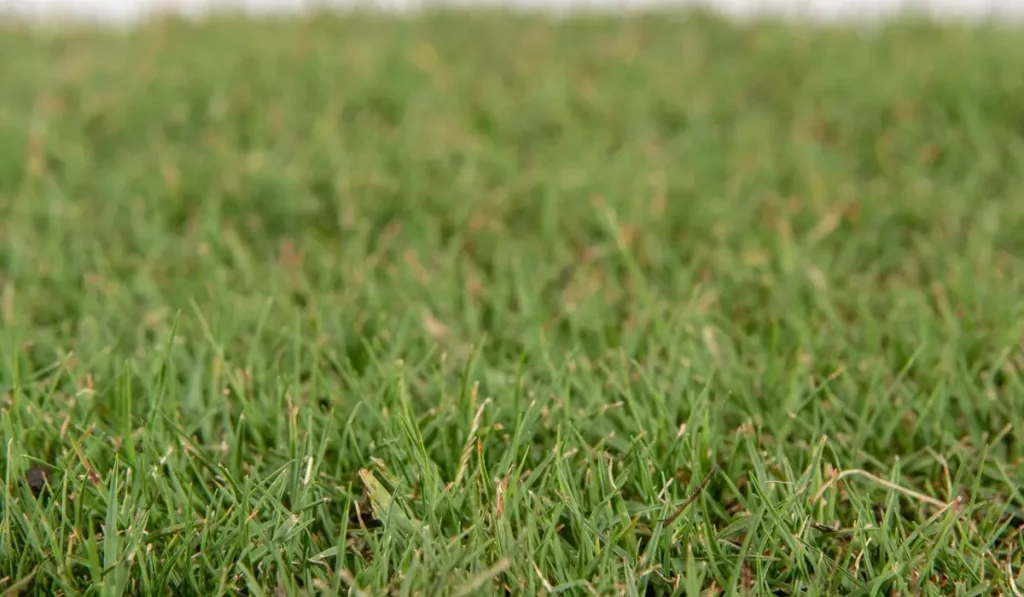
For homeowners in hotter parts of the state, think Fresno, Bakersfield, or even the outskirts of San Diego, TifTuf Bermuda is hard to beat. It’s built for high foot traffic and extreme heat, thriving with minimal water.
Once established, it requires less mowing than some other sods, and it recovers fast from wear. Because it goes dormant in winter, it’s best used where warm-season grasses grow uninterrupted during the long growing season.
Bolero Plus Fescue Blend
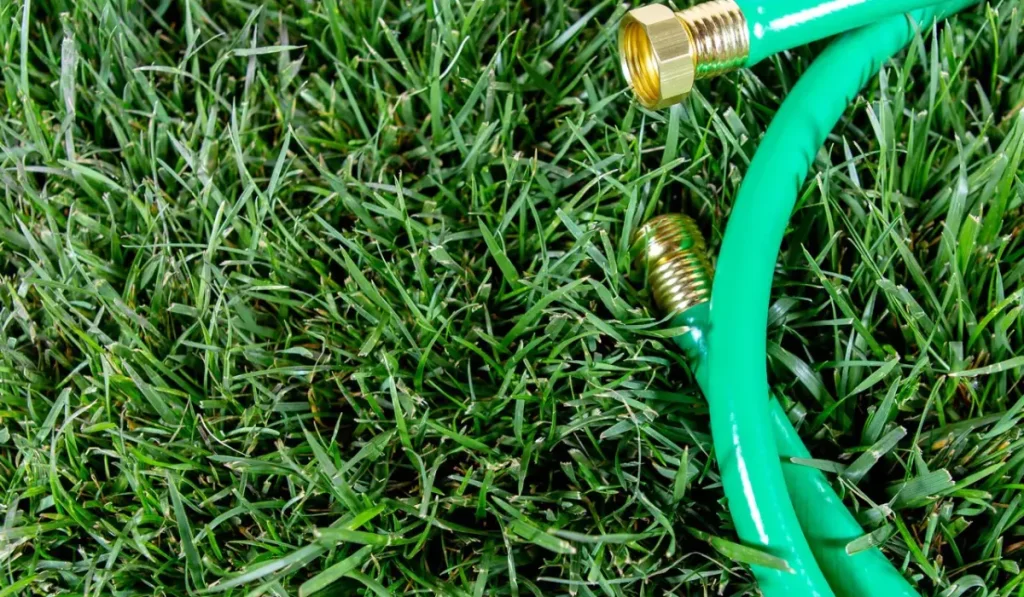
Bolero is well-suited for California’s cool-season lawns, especially in regions like Sacramento, San Jose, and the Bay Area. It’s more shade-tolerant than Bermuda types and maintains its green color year-round with proper care.
Some blends include turf-type tall fescue, which holds up well to foot traffic and makes overseeding easier when refreshing patchy areas is needed. Add mulch around the perimeter to help maintain soil moisture as it establishes.
Best Seed Options to Pair With New Sod or for Starting Fresh
Tall Fescue
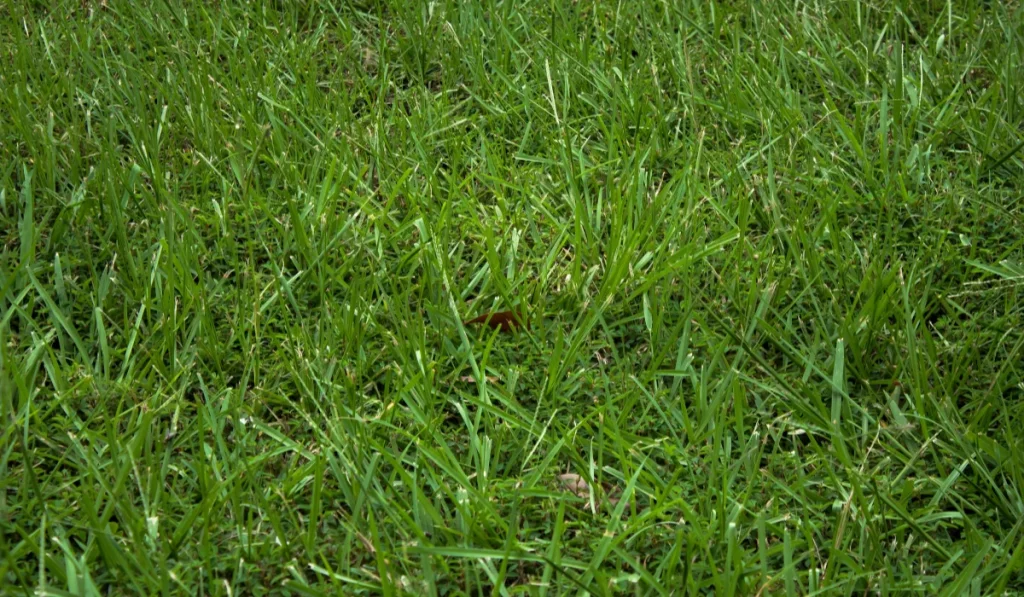
Tall fescue is one of the most adaptable cool-season grasses for California. It handles sun, tolerates partial shade, and has deep roots that make it drought-tolerant.
When you’re overseeding Bolero Plus or tackling bare spots, using a high-quality tall fescue in a 1LB bag per 100 square feet will keep your lawn thick and uniform.
Perennial Ryegrass
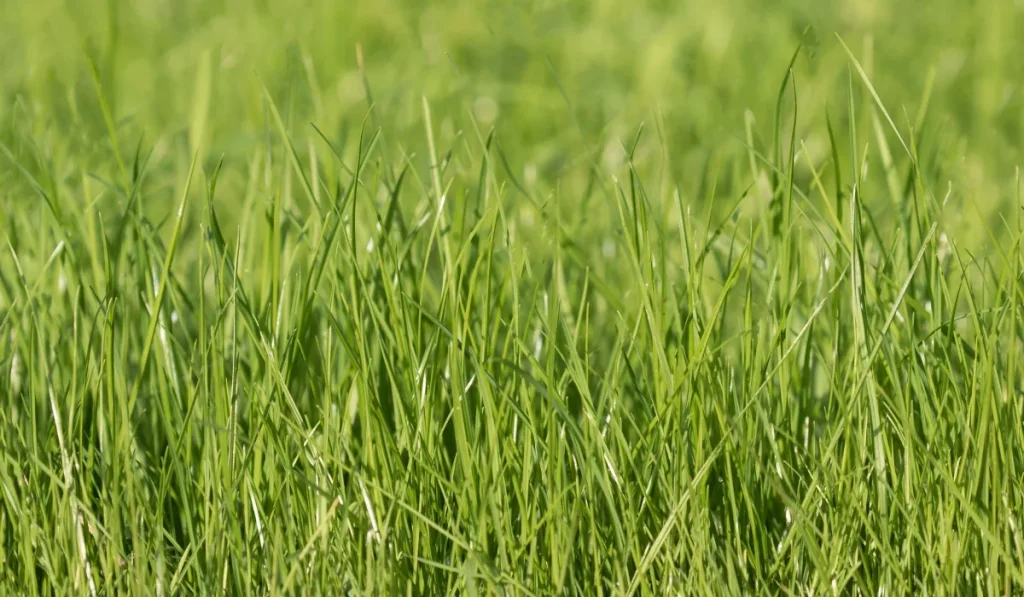
Ryegrass is excellent for quick germination, making it a solid choice for establishing a new lawn before the rainy season. It’s also popular in starter kits for beginners who want fast results and don’t mind a little extra maintenance, such as mowing.
Pair it with a sprayer to mist the seedbed during germination without disturbing the soil. You’ll enjoy fast green-up and a soft feel underfoot, making it perfect for front yards and play areas.
Kentucky Bluegrass
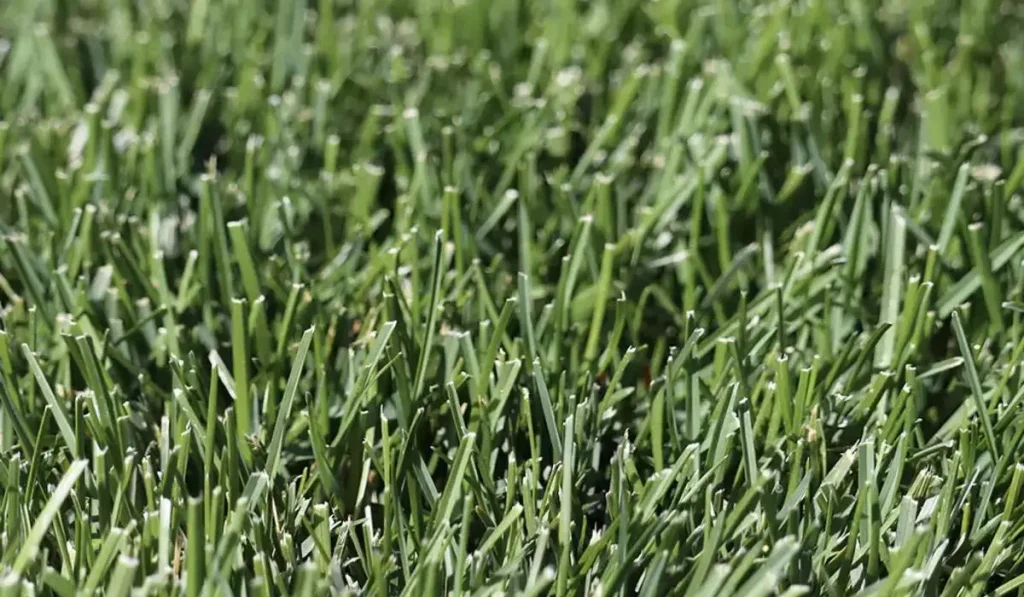
While it’s slower to germinate, Kentucky bluegrass is often used in mixes because of its dense growth habit and ability to spread. That makes it great for repairing bare spots or anchoring a patchy cool-season lawn.
In cooler California zones, such as Redding or Truckee, it thrives when supported with the right lawn care products and a consistent mowing schedule.
Best Starter Fertilizers to Support New Lawns
Jonathan Green Veri-Green Starter Fertilizer
Jonathan Green’s Veri-Green line is a popular choice for cool-season grasses and new lawns across California. It’s a granular lawn starter fertilizer that delivers high phosphorus content. This is crucial for root development in the early weeks after laying sod or planting seed.
It works well in a spreader and covers up to 15,000 sq ft per 45-lb bag, depending on the application rate.
Scotts Turf Builder Starter Food
Scotts is a household name in lawn care, and their Turf Builder Starter Fertilizer is readily available at most local garden centers or during online checkout.
It’s a balanced option for warm- and cool-season grasses, providing new lawns with the nitrogen boost they need without overfeeding. Use a broadcast spreader to ensure even application and avoid nutrient burn.
Milorganite Organic Nitrogen Fertilizer
Milorganite is a reliable slow-release fertilizer that’s favored for its eco-friendliness and minimal risk of overfeeding. It’s low in phosphorus, making it a good follow-up fertilizer once your new grass is established.
For homeowners using drought-tolerant turf types, this helps promote steady, sustainable growth without encouraging excessive thatch buildup.
How to Make Your Lawn Starter Kit Work
Putting your lawn starter kit to work involves more than picking the right components. It’s about execution.
- Start with soil amendments to adjust pH or improve drainage.
- Apply your seed or sod, then water thoroughly using a sprayer or sprinkler.
- Mow only when your new grass reaches 3 to 4 inches high.
- Keep your mower blade sharp to reduce stress on young turf.
You’ll also want to factor in weed control and herbicide timing, especially if you’re starting a lawn from seed.
Many pre-emergent herbicides can prevent germination, so timing your application is critical. For post-emergent, wait until your grass has been mowed at least three times.
With the right starter kit, you’ll be enjoying a lush, California-friendly lawn in no time.
Frequently Asked Questions
When is the best time to install a lawn starter kit in California?
Early fall is best suited for cool-season lawns, while late spring is ideal for warm-season sod. These times offer mild temperatures, fewer weed issues, and give roots a better chance to establish before extreme weather.
Can pets be on a newly planted lawn right away?
Keep pets off the lawn for at least three weeks after planting to prevent damage. Their activity can disturb the soil, damage seedlings or sod, and interfere with even growth during the lawn’s early rooting phase.
What tools do I need to apply a lawn starter kit correctly?
You’ll need a spreader for fertilizer and seed, a hose or sprayer for watering, and a mower once the grass grows tall enough. These tools help ensure even coverage and healthy lawn establishment.

